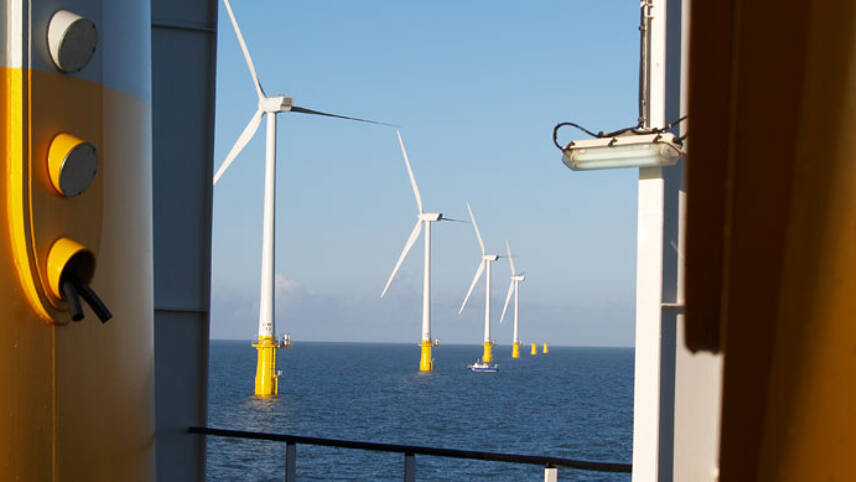Standard content for Members only
To continue reading this article, please login to your Utility Week account, Start 14 day trial or Become a member.
If your organisation already has a corporate membership and you haven’t activated it simply follow the register link below. Check here.

The levelised cost of energy (LCOE) is a flawed metric which is “ill-suited” for comparing technologies, Aurora Energy Research has told Utility Week.
Any analysis of the relative merits of different technologies should focus on their impacts on the whole energy system, said Aurora – not just their costs but the value they create as well.
“Any cost metric is sort of missing the point,” said executive director Ben Irons. “It’s the value that’s the more important thing and value is a function of the market in which the technology is operating.
“So if you’ve got a lot of renewables and their all producing their power at a time when wholesale price is low or there’s already a lot of renewable power being produced, the value of that technology is actually very, very low.”
He made the comments after the Department for Business, Energy and Industrial Strategy (BEIS) published a report on its updated estimates of the LCOE for various technologies. The projections for large-scale solar, onshore wind and offshore wind were all down significantly since they were last calculated in 2013.
Irons said he was surprised that BEIS published such a “high profile” report on “a metric that seems so ill suited to thinking about generation needs and the desirability of different technologies”.
“If you were going to use LCOE, I at least think using load factors that are reflective of the actual market would be a better start,” he added.
Taking the LCOE calculation for combined cycle gas turbines [CCGTs] as an example, Irons said that it is based on the assumption the turbines will be running for around 93 per cent of the time – their maximum possible load factor. “That’s a pretty irrelevant assumption to make because they are no CCGTs that run at the maximum possible load factor either today or in the future,” said Irons.
Furthermore, Irons said that the LCOE simply doesn’t work for other technologies, for example battery strorage. “You just can’t really think about a battery in terms of its LCOE,” said Irons, “but it is clearly a valuable generation technology in the broadest sense because it’s dispatchable, it’s flexible, it can help you at peak times.”
Irons argued that government should develop a fresh, scenario-based approach to comparing the impact that the deployment of different energy technologies and technology mixes will have on customer bills.
The levelised cost of energy is the ratio of the total costs of a generic plant – both up front and operating costs – to the total amount of electricity expected to be generated over its lifetime. It does not take account of wider costs that fall to parties other than the generator, such as system balancing and network reinforcement costs.
In its recent LCOE report, BEIS acknoweledged a range of limitations to the LCOE methodology saying it is “highly sensitive to the underlying data and assumptions including those on capital costs, fuel and carbon costs, operating costs, operating profile, load factor and discount rates.”
Please login or Register to leave a comment.